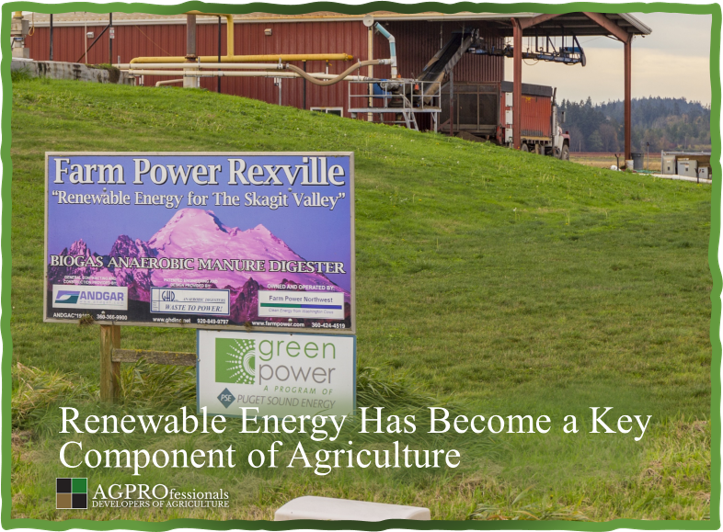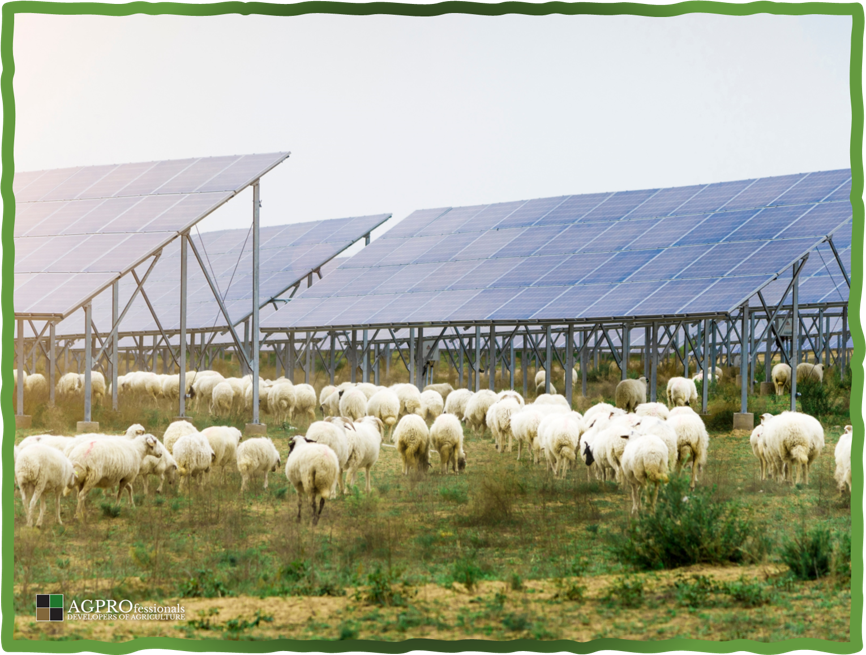Renewable Energy Has Become a Key Component of Agriculture
Over the weekend, we were asked what energy has to do with agriculture, and the answer is – everything.
Agriculture relies on various forms of energy to power equipment, to heat and cool buildings from barns to greenhouses, to run fans in barns and silos, to light barns and pens, to run well pumps, to heat water, to run robotics, to electrify fences, to heat and refrigerate tanks, to manage manure, to plant, harvest, store, and ship crops and commodities and more.
Renewable Energy Offsets Farm and Ranch Expenses
In addition to the required energy to produce nutritious and affordable food, farmers and ranchers utilize energy to offset expenses. Corn is grown to produce renewable energy in the form of ethanol. Manure digesters produce natural gas at dairies. The US Department of Energy estimates that biomass energy has the potential to provide as much as $20 billion in new income for farmers, ranchers, and rural communities. Farmers and ranchers are also adding to their monthly income and helping to support their farming and ranching operations with wind and solar farms. They do this by either installing their own or leasing ground to renewable energy companies.
Agriculture and Renewable Energy is a Synergistic Relationship
Renewable energy is just that – renewable, and so is agriculture. Windmills co-exist with farms and ranches, and so does solar. There will also always be a need to manage manure, and there is nothing better than turning manure into clean energy, clean water, and nutrient-rich soil amendments. The bottom line is that renewable energy produced on farms and ranches can fuel the operation and become its own cash crop.


